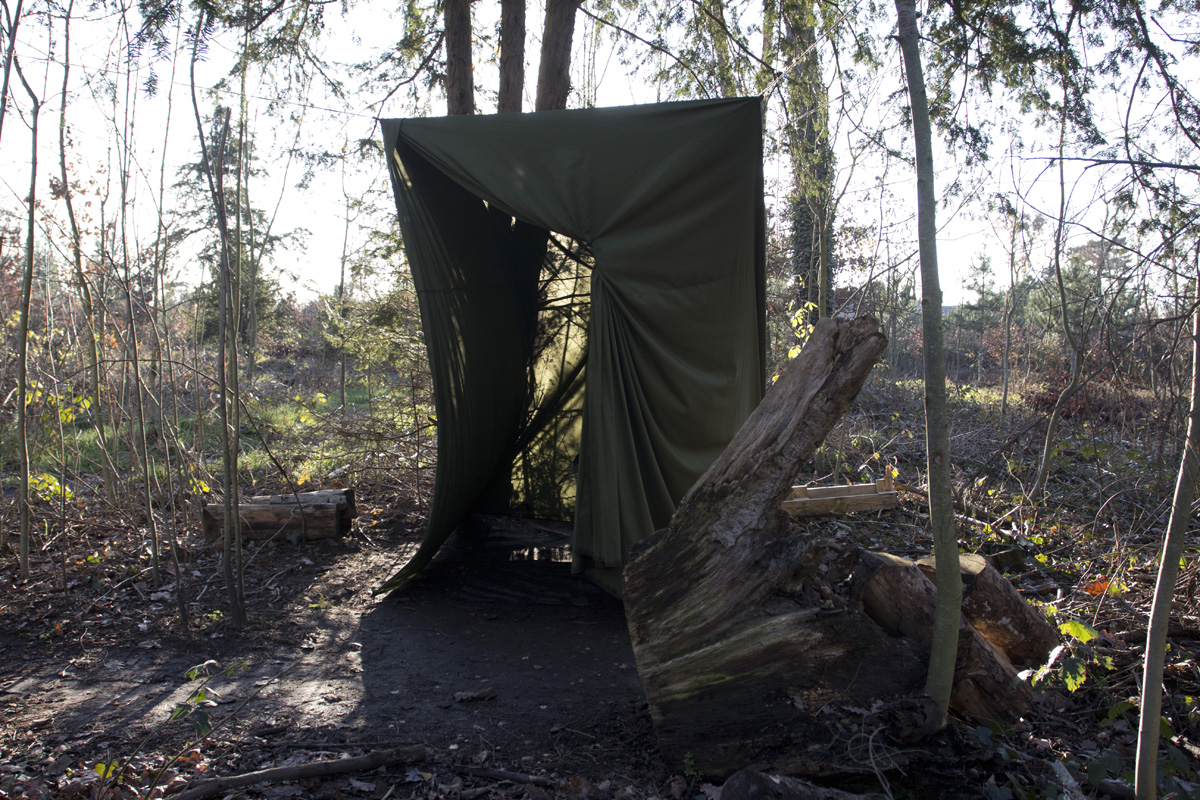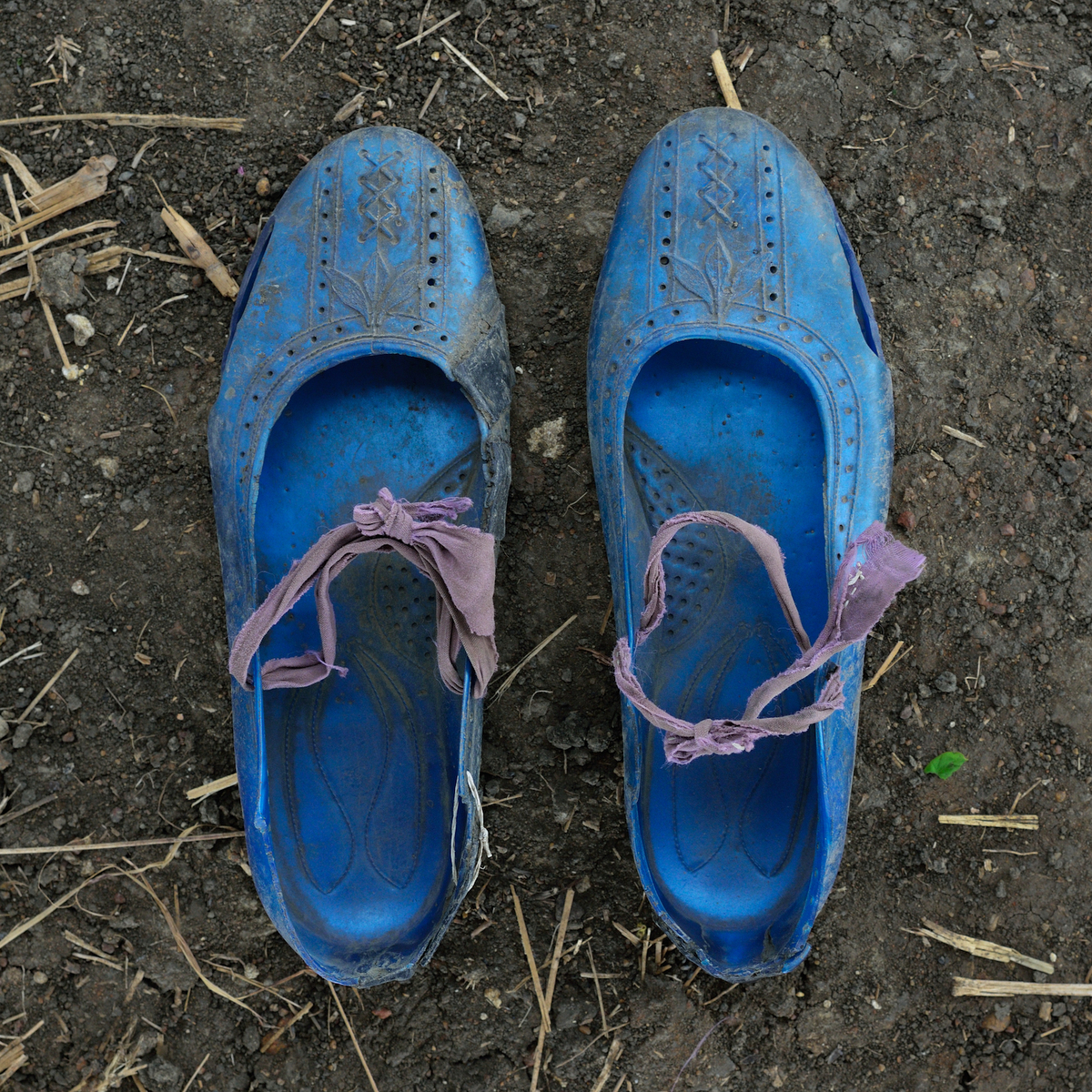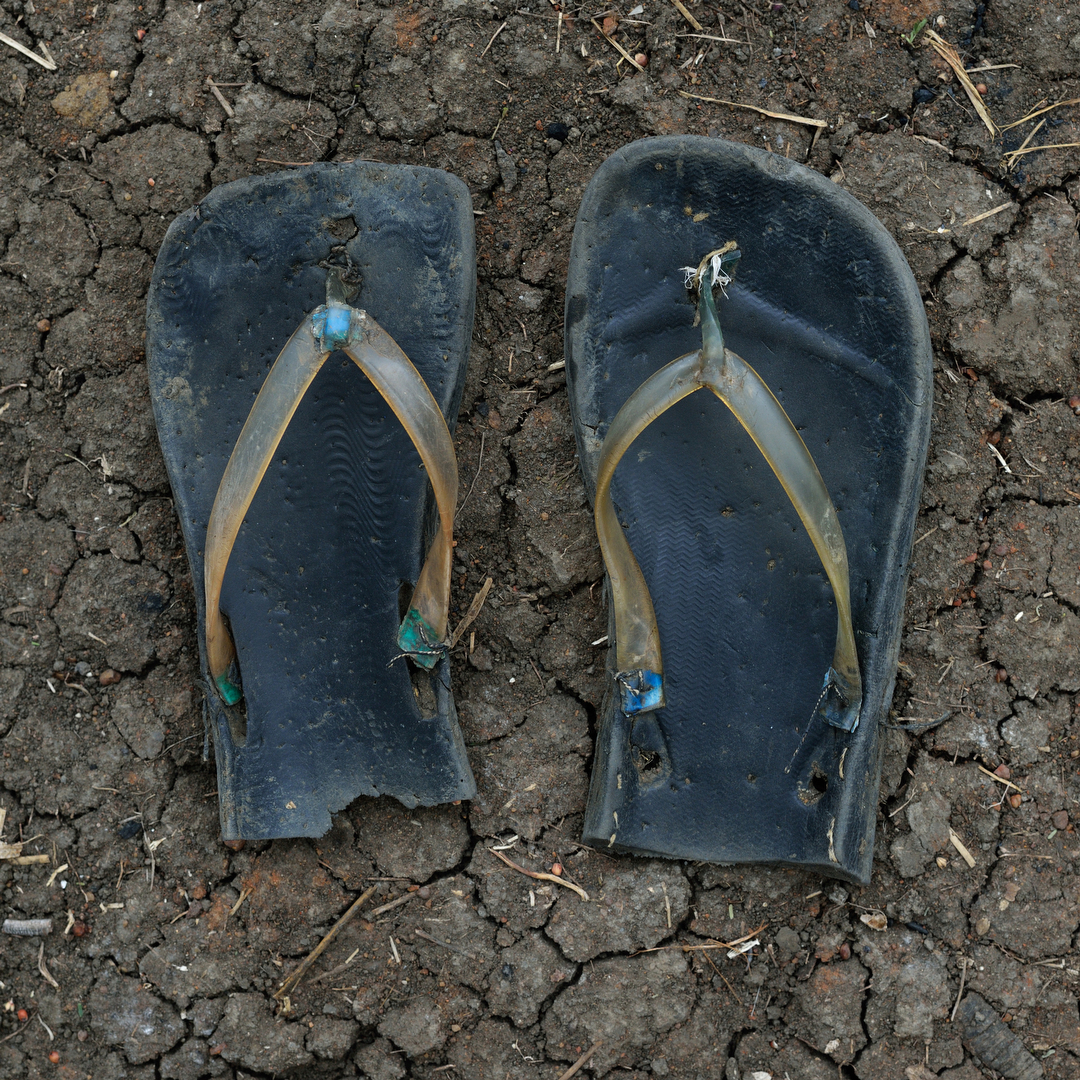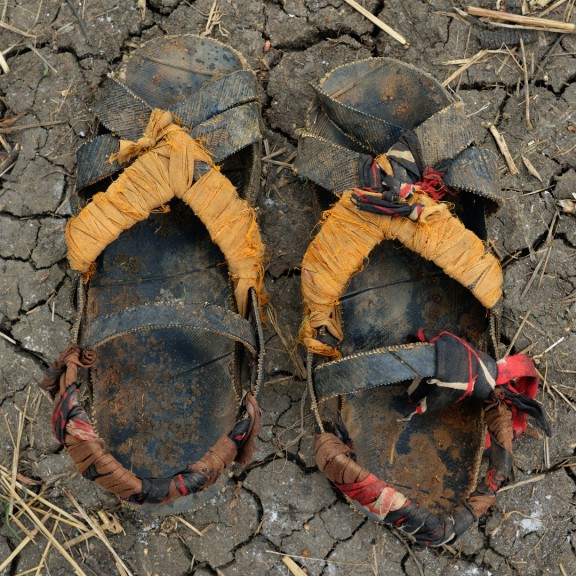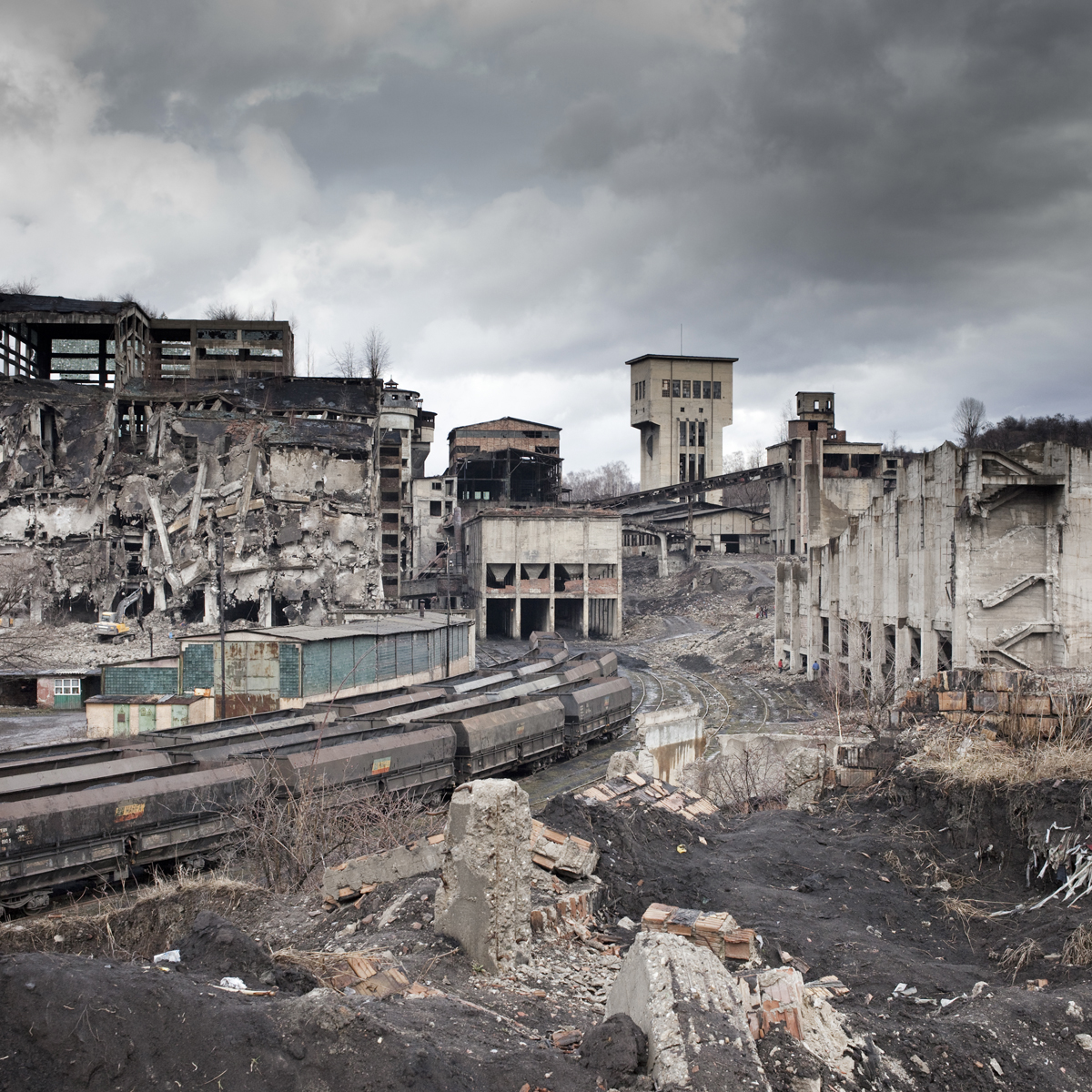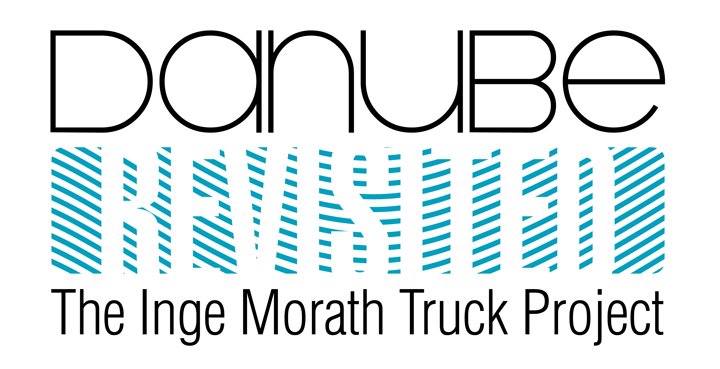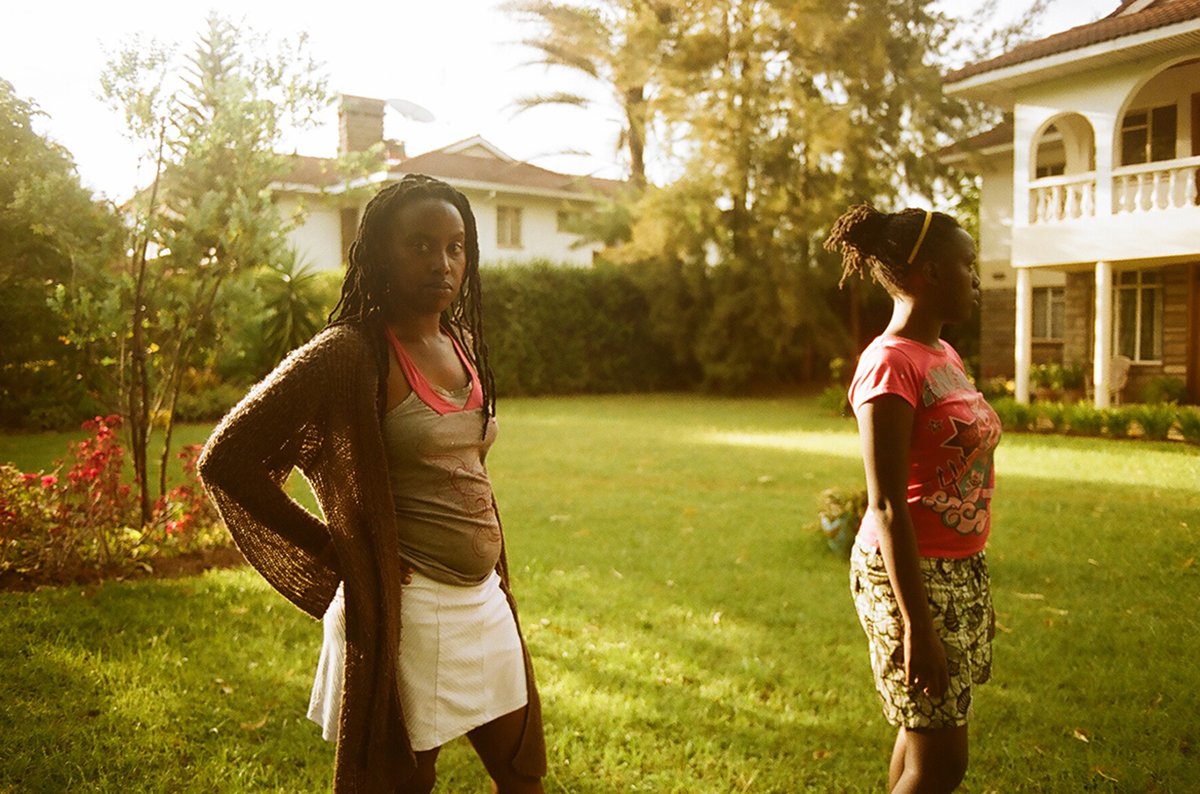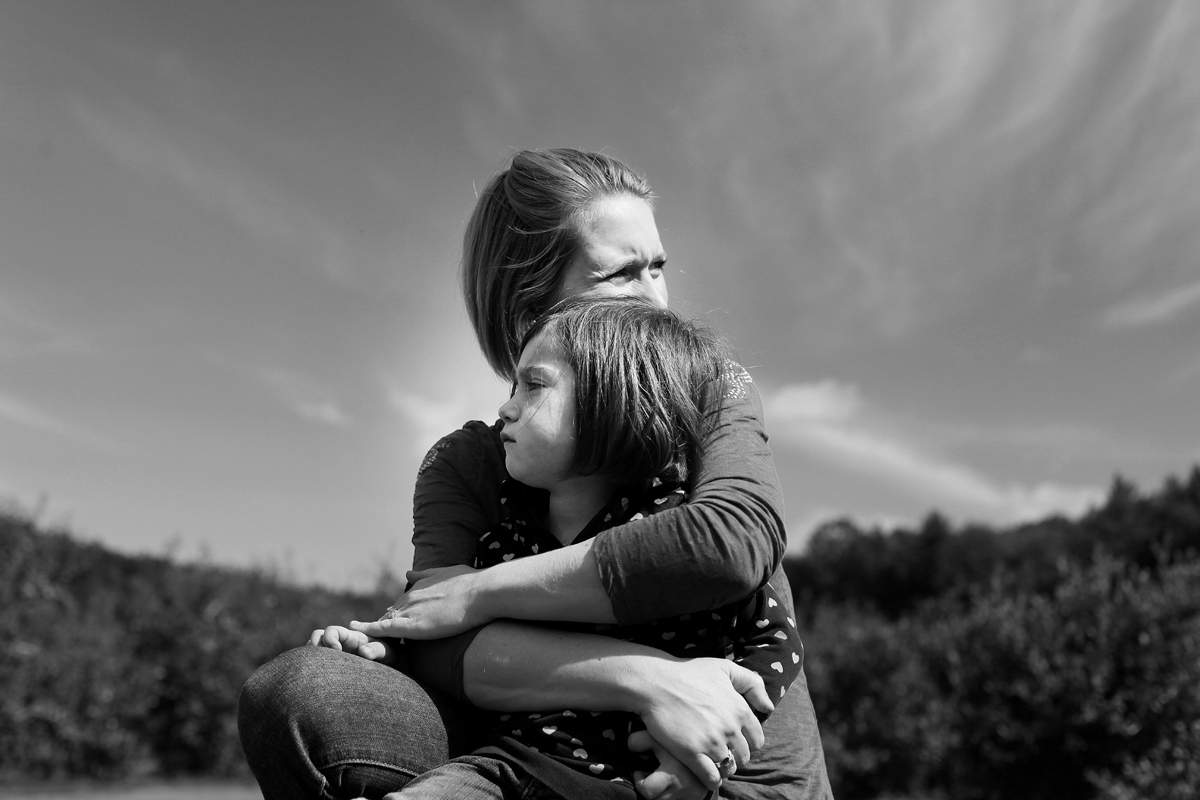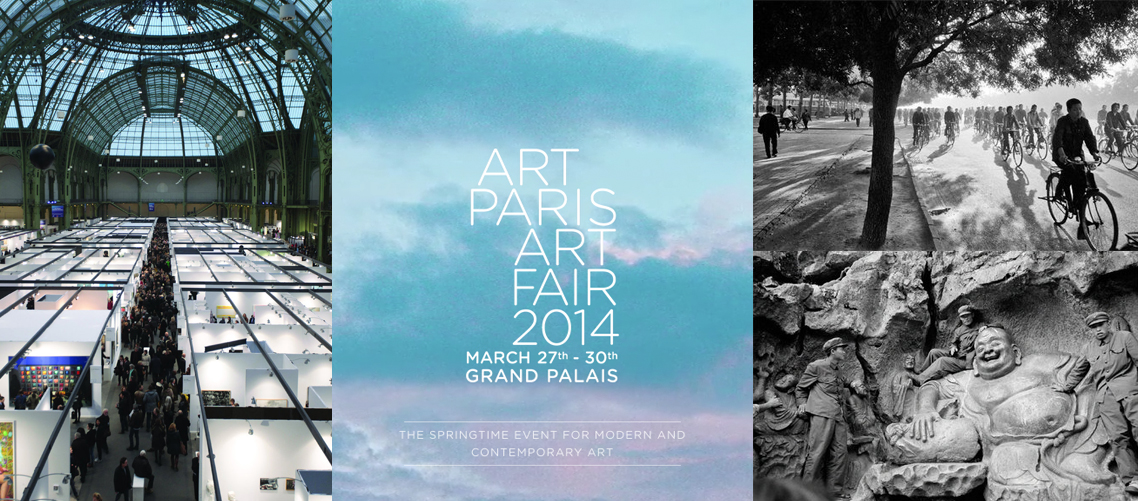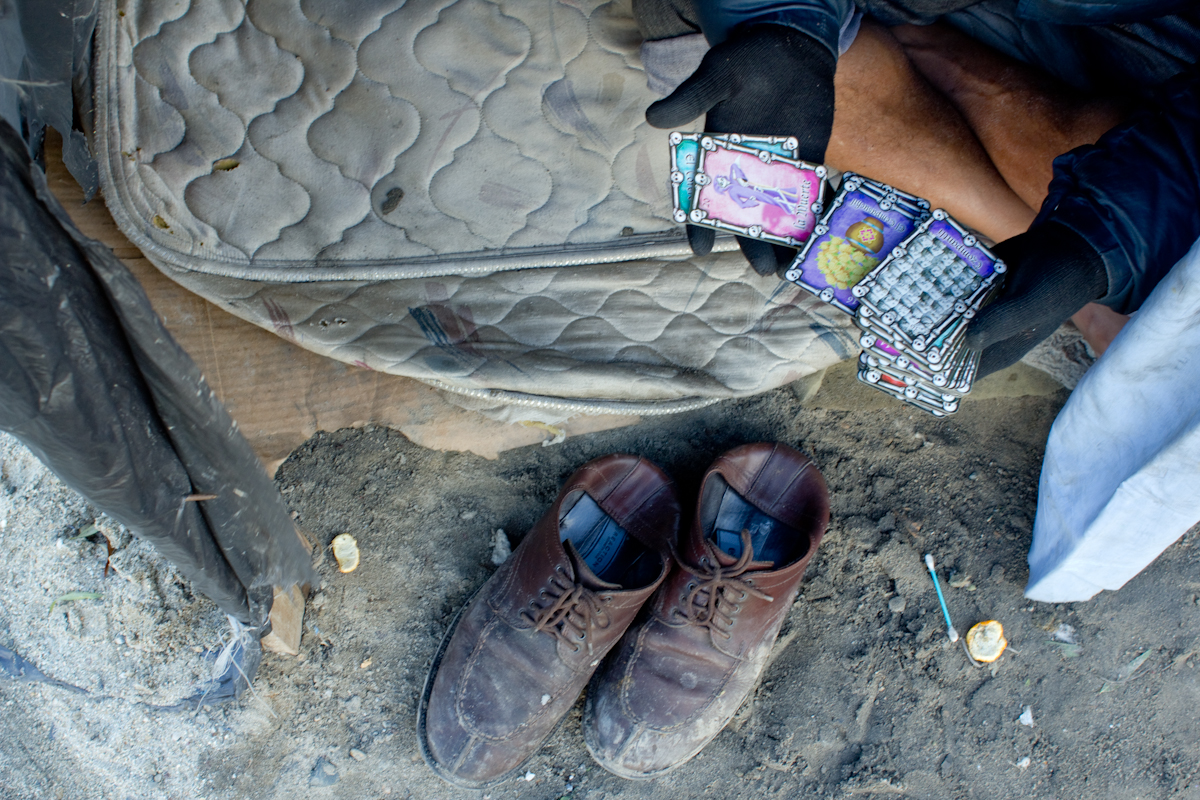Elodie Chrisment (FR): Pleasure Places Paris
Inge Morath Award Finalist, 2014
Gallery offline – updating soon
“Nauseous smells do not proceed from the most disreputable worlds” Antoine d’Agatha, Le Désir du Monde.
At first a formal approach born from my passion for interstitial spaces, nonprogrammed architecture, which is used every day by thousands of men and women, builders by necessity. Beneath the Bois de Boulogne trees, it appears as improvised tents that you can have a glimpse from the street, fabric stretched between trees.
That’s where the first steps of architecture and construction occur, through those marginalized women deep in the woods, right by the walk paths used by normal people living in the very close capital. Continue reading Elodie Chrisment: Pleasure Places Paris

